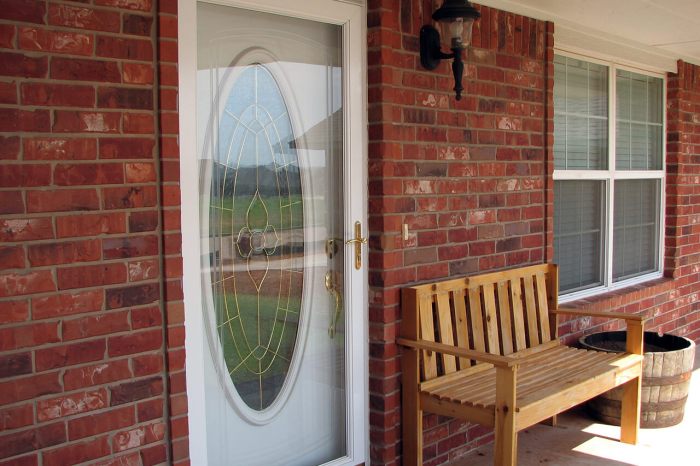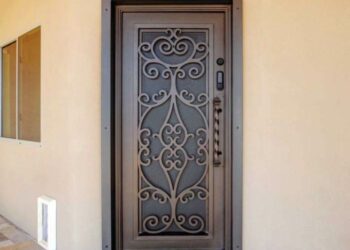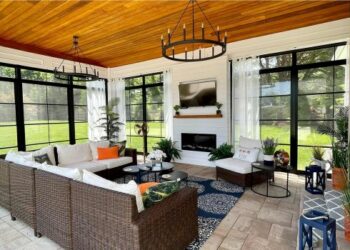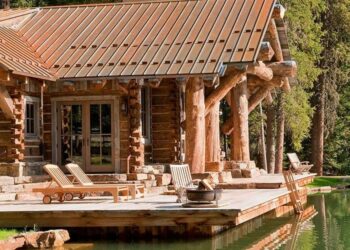Delving into the realm of storm door installation cost, this article aims to shed light on the various factors influencing pricing, breakdown of average costs, and the debate between DIY and professional installation. Stay tuned for valuable insights!
Factors affecting storm door installation cost
When determining the cost of installing a storm door, several factors come into play that can influence the overall price. These factors include the materials used, labor costs, location of the installation, and any additional features that may be included in the project.
Materials
The type and quality of materials chosen for the storm door can have a significant impact on the installation cost. Higher-end materials such as steel, fiberglass, or aluminum may come at a higher price point compared to basic wooden storm doors.
Additionally, factors like energy efficiency, durability, and design can also affect the overall cost.
Labor
The cost of labor for installing a storm door can vary depending on the complexity of the job and the experience level of the installer. More intricate installations or customizations may require additional time and expertise, resulting in higher labor costs.
It's important to factor in labor expenses when estimating the total cost of the project.
Location
The geographical location of the installation site can influence the cost of installing a storm door. Areas with higher living costs or where materials need to be transported over long distances may incur additional expenses. Local building codes and regulations can also impact the installation process, affecting the overall cost.
Additional Features
Incorporating extra features such as decorative glass panels, retractable screens, or security features can increase the cost of installing a storm door. These additional elements not only enhance the functionality and aesthetics of the door but also add to the overall price of the project.
It's essential to consider these factors when budgeting for a storm door installation.
Average cost breakdown

Installing a storm door involves both material and labor costs. The total cost can vary depending on the type of storm door chosen and the size or need for customization.When it comes to material costs, different types of storm doors come with varying price tags.
Here is a breakdown of the average material costs for different types of storm doors:
- Aluminum storm door: $100 - $500
- Wood storm door: $200 - $800
- Fiberglass storm door: $300 - $1000
Labor costs for installing a storm door can range from $100 to $300, depending on the complexity of the installation and the contractor's rates.
Impact of Door Size and Customization
The size of the door and the need for customization can significantly impact the overall cost of installing a storm door. Larger doors typically require more materials and labor, leading to higher costs. Customization, such as adding unique features or fitting the door into an irregularly shaped doorway, can also increase the total cost due to the additional time and effort required for installation.Overall, the average cost breakdown for installing a storm door includes both material and labor costs, with variations based on the type of door chosen, size considerations, and the need for customization.
DIY vs. Professional Installation
When it comes to installing a storm door, homeowners often face the decision of whether to tackle the project themselves or hire a professional. Both options have their own set of costs, risks, and benefits to consider.
Cost Differences
- DIY Installation:
- Cost: The main advantage of DIY installation is the potential cost savings. By eliminating labor costs, homeowners can significantly reduce the overall expenses of installing a storm door.
- Materials: Homeowners will need to purchase the necessary tools and materials for the installation, which can add to the upfront costs.
- Professional Installation:
- Cost: Hiring a professional for storm door installation will come with labor costs, which can increase the overall expenses. However, professionals may have access to discounted materials, potentially offsetting some of the costs.
- Quality: Professional installers have the expertise and experience to ensure that the storm door is installed correctly and securely, reducing the risk of future issues.
Potential Risks and Benefits
- DIY Installation:
- Risks: Incorrect installation can lead to air leaks, water damage, or even security vulnerabilities. Homeowners may also risk voiding warranties if the installation is not done properly.
- Benefits: DIY installation allows homeowners to customize the process and work at their own pace. It can also be a rewarding project for those who enjoy hands-on work.
- Professional Installation:
- Risks: The main risk with professional installation is the cost, which may be higher than DIY. There is also the potential of hiring a subpar installer who may not deliver quality work.
- Benefits: Hiring a professional ensures a faster and more efficient installation process. Professionals have the knowledge and tools to handle any challenges that may arise during the installation.
Tips for DIY Installation
- Research: Before starting the installation, make sure to read through the manufacturer's instructions thoroughly to understand the process.
- Preparation: Gather all the necessary tools and materials before beginning the installation to avoid delays.
- Take Your Time: Rushing through the installation can lead to mistakes. Take your time and follow each step carefully for a successful outcome.
- Seek Help: Don't hesitate to ask for assistance from friends or family members if needed, especially when handling larger storm doors.
Additional expenses and cost-saving tips
When budgeting for a storm door installation, homeowners need to consider not only the basic costs but also any additional expenses that may arise during the process. It is also important to explore cost-saving tips to make the installation more affordable in the long run.
Potential additional expenses
- Hardware and accessories: While the basic cost of the storm door may cover the door itself, homeowners may need to purchase additional hardware and accessories, such as handles, locks, and weather stripping, which can add to the overall cost.
- Trimming and modifications: If the existing door frame requires trimming or modifications to accommodate the new storm door, homeowners may need to hire a professional carpenter, leading to extra expenses.
- Permit fees: Depending on local regulations, homeowners may need to obtain a permit before installing a storm door, which can incur additional costs.
- Professional services: If homeowners opt for professional installation, the labor costs will be an additional expense that needs to be factored into the budget.
Cost-saving tips
- Do-it-yourself: One of the most effective ways to save money on storm door installation is to opt for a DIY approach. By following installation instructions carefully and having the right tools, homeowners can avoid labor costs.
- Comparison shopping: Before purchasing a storm door, it's advisable to compare prices from different retailers or manufacturers to find the best deal. Look out for sales, discounts, and clearance items to save money.
- Maintain the door: To ensure the longevity of the storm door and avoid costly repairs or replacements in the future, regular maintenance is key. Simple tasks like cleaning the door and lubricating hinges can extend its lifespan.
Long-term cost benefits of high-quality storm doors
Investing in a high-quality storm door may initially come with a higher price tag, but it can offer long-term cost benefits. These doors are often more durable, energy-efficient, and better at protecting the home from the elements. By reducing energy loss and enhancing security, high-quality storm doors can result in lower utility bills and fewer maintenance expenses over time.
Wrap-Up

Wrapping up our discussion on storm door installation cost, it's evident that careful consideration of factors like material, labor, and DIY options can lead to significant cost savings. Make informed decisions for a secure and stylish home entrance.
FAQ
What factors can affect storm door installation cost?
Factors like materials, labor, location, and additional features can all influence the overall cost.
How does the type of storm door impact the cost?
Different types like aluminum, wood, or fiberglass come with varying costs due to material differences and customization needs.
Is DIY installation cheaper than hiring a professional?
DIY installation may save on labor costs but can come with risks. Hiring a professional ensures a smoother process.
What are some cost-saving tips for storm door installation?
Tips include researching materials, avoiding unnecessary features, and comparing quotes from different installers.
Are high-quality storm doors worth the investment?
Investing in a high-quality storm door can lead to long-term cost benefits through improved durability and energy efficiency.









